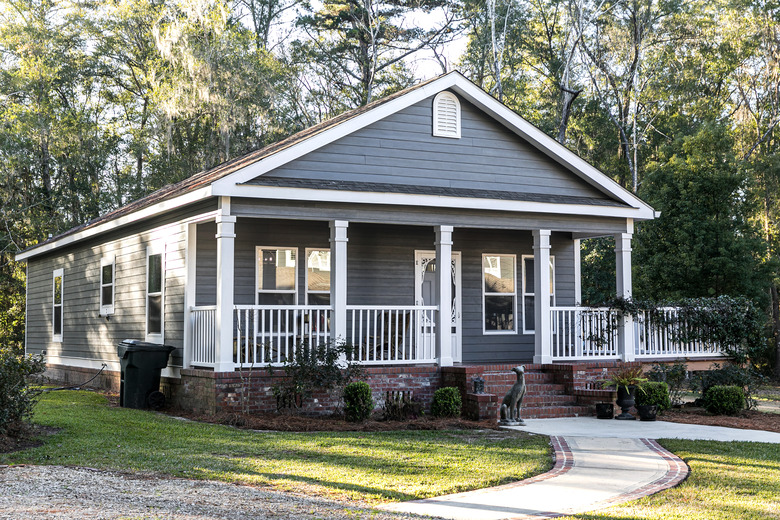How To Repair A Mobile Home Subfloor
Subfloor repair is necessary any time the subfloor is weakened. Waiting too long to repair the subfloor in your mobile home could result in an unsafe hole in the floor. Or, the water or insects responsible for the damage could spread to the floor joists or wall studs, and the cost to replace the floor joists and subfloor will be much higher than simply replacing a section.
People without construction experience shouldn't attempt to tackle a mobile home subfloor repair on their own. Even those quite handy with home repairs should consider calling in a pro to ensure that the final subfloor repair leaves the mobile home structurally sound and up to code. The last thing you want to do is create an even larger problem while trying to fix your home. However, it doesn't hurt to understand the basic process even if you won't be doing the work yourself.
What Are You Dealing With?
What Are You Dealing With?
The first course of action is to figure out why your subfloor needs repair in the first place. If a major storm flooded your home or the dishwasher suddenly sprang a leak, then it's no wonder your subfloor has become weak or rotten. But if water is trickling out of a pipe or coming in through a small space in a wall, window or door, you'll need to find the source and get it fixed. Otherwise, you'll be paying for the same subfloor repair in a few months.
You can start this detective work yourself by removing the floor trim (a flat pry bar works well) and using a box cutter to cut a section of the carpet or vinyl along the wall. Peel back the flooring to investigate the subfloor below.
How extensive is the damage? If it's only below one window, for example, that window is probably the culprit. Be sure to get an estimate for repairing the leaky window when you call a pro about fixing the subfloor. Likewise, call a roofer for a roof inspection or a plumber for a plumbing inspection if you're still not sure where the water is coming from.
Procedure for Subfloor Repair
Procedure for Subfloor Repair
After the floor covering has been completely removed, it's time to cut up the plywood subfloor. The professionals you've hired will set their saw blades to the exact thickness of the subfloor. If they set the saw blade even a quarter-inch too long, they could end up accidentally slicing into wires, pipes or HVAC vents sitting directly below the surface. This delicate procedure alone is worth paying a professional's cost to remove the plywood subfloor.
Now that the floor joists are exposed, they can be examined for any damage. If they seem even a little damaged, your contractor will add extra wood on either side of the joist (a process called "sistering") to make sure the joist maintains enough strength to support the floor. Your contractor may also need to "reframe" the floor near the walls, which means wood planks are added in between the joists to create a solid surface for the subfloor to be nailed into along that side.
Next, all the nails sticking out of the floor joists will be pulled out to create a smooth, clean surface for the new subfloor panels. A subfloor adhesive will be applied to the floor joists before the plywood panels are laid down on top. The contractor will likely walk on top of each panel to improve contact with the adhesive and then nail the subfloor into the joists on all sides. Once the floor has been entirely covered in panels, all that's left is to reinstall the carpet or vinyl and replace the trim along the wall.
